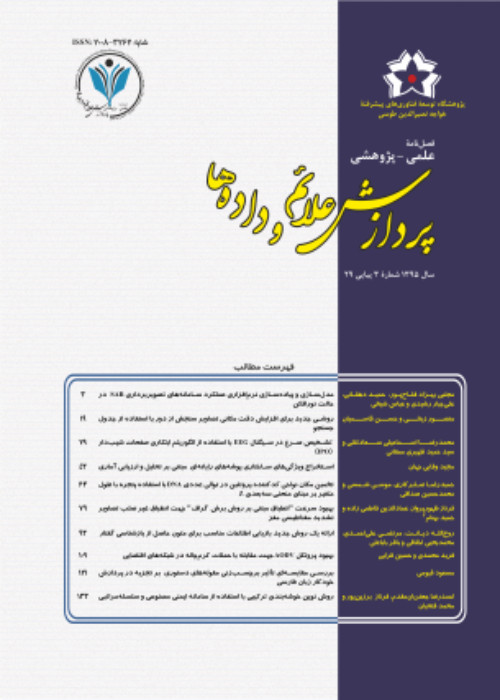Iranian Vehicle License Plate Detection based on Cascade Classifier
Automatic license plate recognition is widely used in intelligent transport systems to automatically and quickly read license plates of vehicles. A license plate recognition is a computer vision system containing three main steps: plate detection, character segmentation, and character recognition. The first and foremost step of this system is the plate detection stage where the plate is located from the input image. This step has many challenges, including low-resolution images, illumination change, complex background, multiple plates, and different plate sizes. The plate detection methods can be categorized into connected component-based, color-based, and classifier-based methods. The two first approaches are not reliable in real-world environments, and they are too sensitive to illumination change and plate sizes compared to the classifier-baed techniques. In this context, the Cascade classifier has successfully been applied to various object detection problems. This classifier sequentially combines several weak classifiers based on the AdaBoost Algorithm. In this paper, an effective Iranian vehicle license plate detection approach is developed based on a cascade classifier. A two-phase training approach is proposed to enhance the cascade classifier by getting feedback from the negative data. Then, a new testing approach is suggested to reduce false-positive detection and improve detection precision. We also collected an Iranian license plate dataset which is publicly available for research purposes. The dataset covers images in different real-world conditions. The proposed system evaluated on this dataset is able to be applied on gray as well as color images, in a way that can detect multiple plates at front or rear of the cars in different illuminations. Moreover, the proposed method is invariant to the size, position or where the plates are located in the image. The experimental results provided in different conditions show that the proposed approach can improve the precision and recall rate while reducing the false-positive rate.
- حق عضویت دریافتی صرف حمایت از نشریات عضو و نگهداری، تکمیل و توسعه مگیران میشود.
- پرداخت حق اشتراک و دانلود مقالات اجازه بازنشر آن در سایر رسانههای چاپی و دیجیتال را به کاربر نمیدهد.


